“Super food” is a name given to a food that is highly nutritional and contains many health benefits for your body.
Part of the eat clean way of eating is to eat whole, natural foods instead of processed food. Superfoods are like the cream of the crop of these healthy foods.
If optimal health is your goal, cooking from scratch using fresh unprocessed ingredients is necessary if you want to improve your health.
Below is a list of my top 10 ultimate superfoods (not in any particular order). These whole foods provide a wide range of essential nutrients and can easily be integrated into a balanced diet. Try to incorporate as many of these foods into your diet on a daily/weekly basis. Note: There are many other superfoods out there, so the list isn’t limited to these 10.
1. Rhubarb
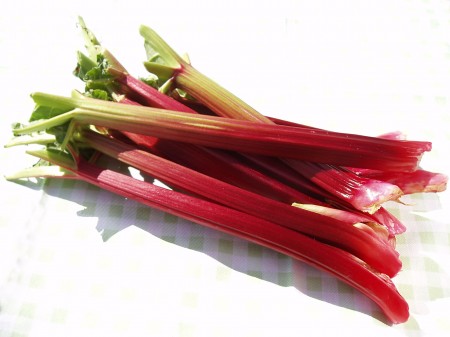
What it is: Rhubarb is usually thought of as a fruit (based on how we eat it), but it is technically a vegetable belonging to the same family as sorrel and buckwheat.
Why it’s good for you: Championed for its phytochemical lindleyin, rhubarb has been known to relieve hot flashes in perimenopausal women. (How the plant cools hot flashes is not exactly clear, but researchers have identified an extract in the root that may have estrogen-like properties.) The plant is also rich in potassium, vitamin C and dietary fibre.
Meal Ideas: Rhubarb is commonly eaten cooked in jams or spreads; baked in pies, cakes and muffins; and used in sorbet, ice cream and punch. As a kid, we had rhubarb growing in our backyard and I used to eat it raw…but it’s quite tart, so just a warning if you’re going to try it that way! Note: Rhubarb root should not be consumed by children, or women who are pregnant or lactating.
2. Pumpkin seeds
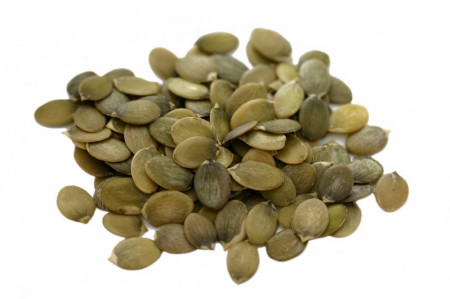
What it is: Seeds that come from a pumpkin, also known as pepitas.
Why it’s good for you: Pumpkin seeds are among the leaders of phytosterols — a naturally occurring compound with an established reputation for cholesterol-lowering properties. Phytosterols are also being studied for their potential role in prostate health. Pumpkin seeds are high in fibre and provide a healthy dose of omega-3 and omega-6 fatty acids along with being a good source of minerals, including phosphorus, magnesium, zinc and iron, making it one of the most nutritious and flavourful seeds around.
Meal Ideas: They make a good snack, either on their own or mixed with walnuts, almonds, peanuts and dried fruit, such as part of my homemade granola recipe. Add some crunch and a nutty flavour to salads, vegetables, pasta dishes, sauces and casseroles. But watch your portion size; one cup packs 750 calories!
3. Cinnamon

What it is: A spice made from the inner bark of the tropical cinnamon tree. It comes in the form of sticks and powder.
Why it’s good for you: Preliminary studies are investigating its role in lowering blood sugar in people with type 2 diabetes, most likely due to the insulin-like effects of its polyphenols (natural substances found in plants). It’s still too early to know if cinnamon can help curb blood sugars, but studies suggest its effects can be seen with a daily dose of just half a teaspoon (two millilitres). Plus it’s tasty!!
Meal Ideas: Sprinkle it on toast, add it to oatmeal or use it on desserts. It’s also good on sweet potatoes! Use cinnamon sticks to make cinnamon tea by pouring one to two cups of boiling water over a cinnamon stick; steep for 10 minutes.
4. Quinoa (pronounced keen-wah)

What it is: A species of goosefoot, is a grain-like crop grown primarily for its edible seeds. It is a pseudocereal rather than a true cereal, or grain, as it is not a member of the true grass family.
Why it’s good for you: This seed contains more protein than most cereal grains (22 grams per one cup uncooked quinoa) and is considered a complete protein because it contains all eight essential amino acids. Quinoa is higher in calcium, phosphorus, magnesium, potassium, iron, copper, manganese, and zinc, and lower in sodium compared with wheat, barley and corn. This gluten-free grain is also low in saturated fat.
Meal Ideas: Quinoa can be substituted for most hot cereals and is a good replacement for rice. Cook it like porridge/rice and include it in casseroles or stews, or add it (steamed, toasted or baked) to soups, salads or desserts. You can also use ground quinoa in breads, cookies, puddings, muffins and pasta. It’s available in most grocery and health food stores. (Note: In Canada it’s cheapest at Costco)
5. Avocado

What it is: The avocado is a tree native to Central Mexico. Avocado or alligator pear that we eat refers to the fruit of the tree.
Why it’s good for you: Avocados are an excellent source of healthful fat and provide close to 20 essential health-boosting nutrients, including: fibre, potassium (more than twice the amount found in a banana), vitamin E, B-vitamins, and folic acid.
Meal Ideas: I love to eat avocado raw, some like to add a splash of lemon or lime to the raw fruit. It’s also the main ingredient in guacamole. Add avocado to a salad for a little pizzaz. Just watch your portion sizes, one medium avocado (about 150 grams) has 240 calories and 22 grams of fat.
6. Shallots
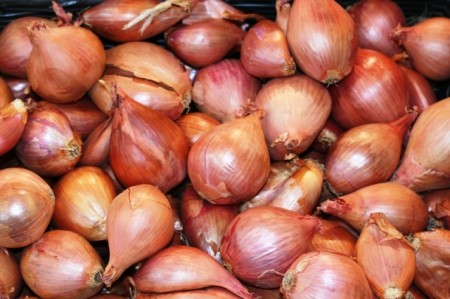
What it is: A small, golden-brown members of the onion family. Shallots are more subtle in flavour than their cousins, the onion and garlic, and they do not cause bad breath.
Why it’s good for you: Contains an active ingredient: fructo-oligosaccharides, a prebiotic that promotes gut health by encouraging the growth and function of “good bacteria” that live in our digestive tract. Emerging research also reveals an important supporting role for flavonoids, antioxidants that are abundant in shallots. Preliminary research is investigating flavonoids for their preventive role in cancer and heart disease, but further research is still needed to support these potential benefits.
Meal Ideas: Eat them raw or cooked till tender. Add shallots to soups, stews, spreads and stir-fries.
7. Kale

What it is: Kale or borecole is a form of cabbage, with green or purple leaves.
Why it’s good for you: Kale can help ease lung congestion, and is beneficial to your stomach, liver, and immune system. It’s an excellent source of multiple vitamins and other nutrients, including: vitamins A, B, C, calcium, lutein, zeaxanthin, and iron.
Meal Ideas: You can add raw kale to your salad (it’s a bit bitter though) or blend it into a smoothie. Make your own kale chips in the oven or try one of these 10 kale recipes.
8. Turmeric
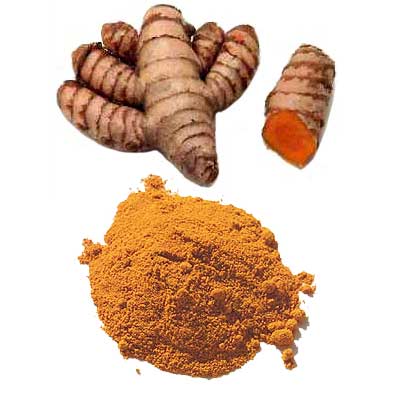
What it is: An Indian curry spice part of the ginger family containing curcumin.
Why it’s good for you: Curcumin may ease aches and inflammation. In Ayurveda (the traditional medicine of India), this herb has been used for thousands of years to treat arthritis and other ailments. Some research suggests that turmeric may help relieve some symptoms of rheumatoid arthritis; however, the evidence to date, while encouraging, is still far from conclusive.
Meal Ideas: Turmeric is sometimes substituted for saffron. Use in Indian curries or dishes such as chicken tangine and chicken tandoori.
9. Tomato
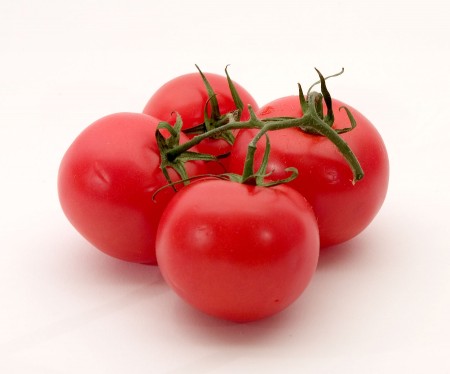
What it is: A fruit? A vegetable? Botanically it’s a fruit, but is considered a vegetable for culinary purposes.
Why it’s good for you: Not only do tomatoes contain lycopene, the antioxidant phytochemical that also helps prevent heart disease, but they’re a good source of vitamins A, C, and E.
Meal Ideas: What would you not use tomatoes for?! (They are one of my absolute favorite vegetables). Eat raw (like an apple), in salad, with bocconcini and basil, on pizza, on a sandwich… so many options! Use to make your own pasta sauce, salsa, bbq sauce, or even homemade ketchup.
10. Pomegranate
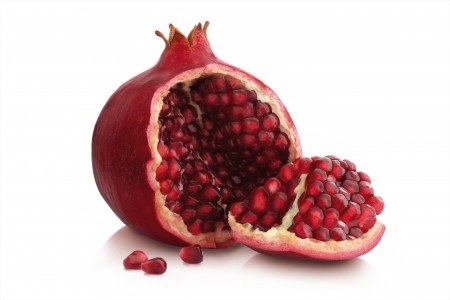
What it is: A large, seeded red fruit grown around the world, originally native to Iran and the Himalayas in northern India. Pomegranates are packed with hundreds of red arils, translucent capsules filled with a sweet or tart juice and a tiny seed.
Why it’s good for you: It’s loaded with vitamins C and B, potassium, folic acid and iron and is a delicious source of fibre. Preliminary studies suggest pomegranates may contain nearly three times the antioxidants of green tea or red wine, and may play a role in the prevention of cancer and heart disease.
Meal Ideas: I eat raw pomegranate arils a few times per week as my night-time snack. You could also add to salads, yogurt, or oatmeal or bake them in muffins and cookies.
Information sources found here, here, here, and here.
YOUR TURN: What’s your favorite superfood? Share in the comments!
Top 10 Ultimate SuperFoods appeared first on Fit & Healthy 365.


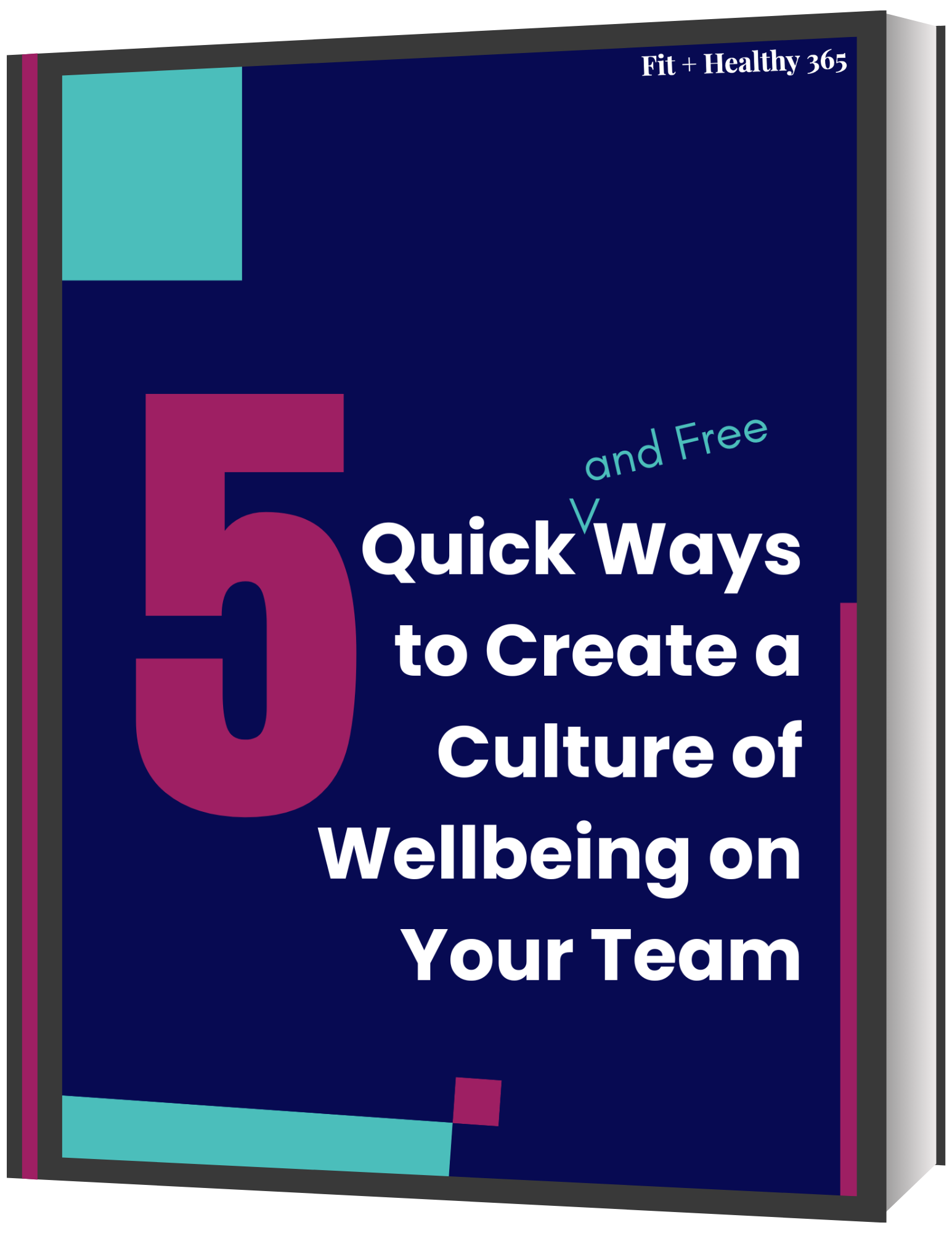
One Response